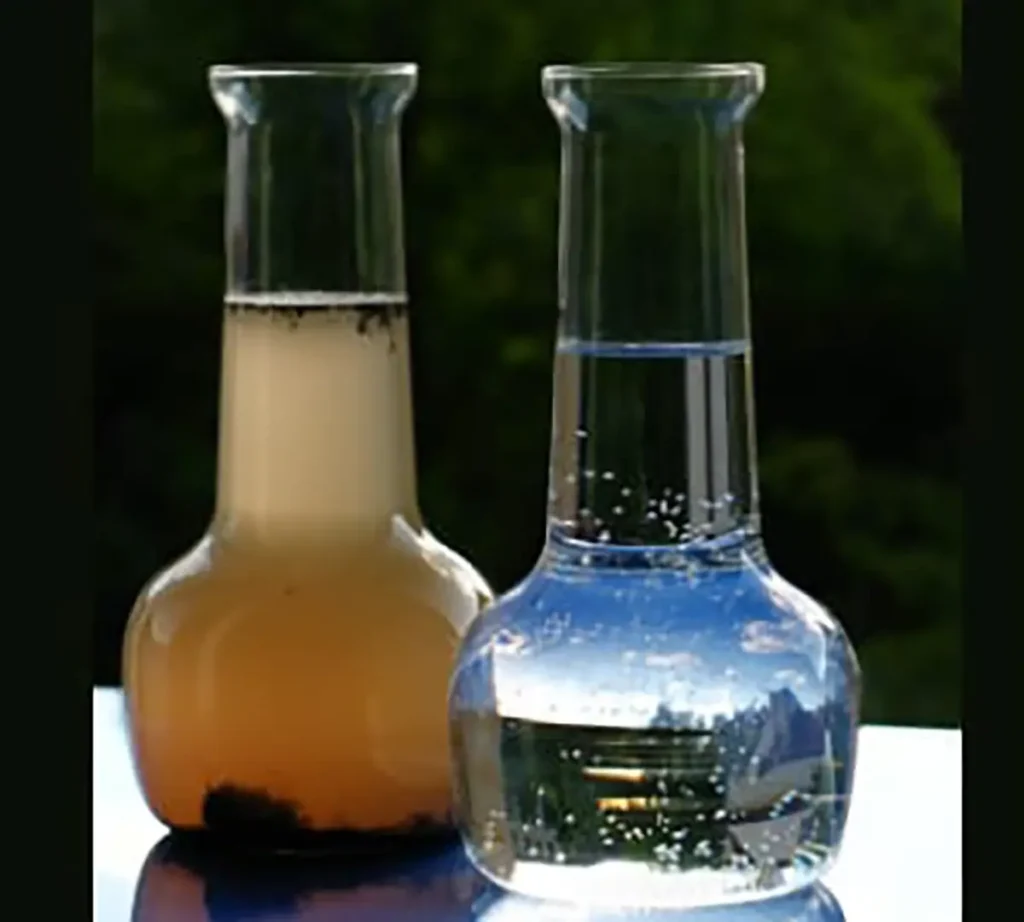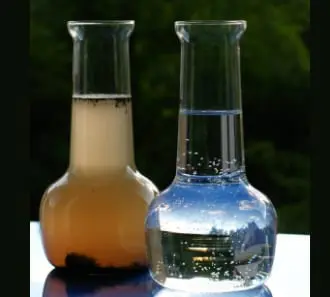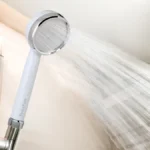What is low clarity water?
Have you ever seen a photo or video of water so clear you could see all the different coloured fish distinctly? When you can see clearly through water, the water is said to be high clarity water. When organic and inorganic contaminants are in your water, the colour of the water changes and becomes cloudy. That water is said to be low clarity water.
What causes cloudy water?
When water is cloudy, it is called turbid. Turbidity is caused when sand and other materials are stirred up in the water. Sediments like rust and mud and pollutants like phosphorous and bacteria can cause the low clarity problem in your water. Aquatic plants, especially algae, can also affect water colour.
So what should the ideal drinking water standard be?
High clarity water that is absolutely pure and contains no visible suspended solids is an ideal. Luckily for us, the World Health Organization has already set standards for allowable turbidity in drinking water. They establish that the turbidity of water should not be more than 5 Nephelometric Turbidity Units (NTU) and should ideally be below 1 NTU.
What are the effects of turbidity on the quality of drinking water?
Low turbidity equals bad quality drinking water. In order to have access to good quality water, turbidity levels should be consistently maintained at low levels. One of the best ways to ensure that your drinking water is of the best quality is to use a prefilter before your actual home filtration process.
What are a few examples of the problem of low clarity water?
Here are a few case studies that will help you understand this worldwide problem of bad quality water –
- Water supply and sanitation in Latin America
- Water supply and sanitation in Sub-Saharan Africa
- Water supply and sanitation in China
- Water supply and sanitation in Indonesia

Why do you need a prefilter?
If you are getting metropolitan tap water from your city, you should try to be in full control of the quality of your water. Since you can’t ensure that your water doesn’t have sediments of sand, mud and rust in the piping system, you should be very careful. If you are using a Point-of-Entry (POE) or Point-of-Use (POU) filter at home, it could have a shorter lifespan because of turbid water.
What your prefilter does is that it catches a majority of the sediments even before it reaches your water filter so that your water filter can perform to the best of its ability.
How do I pick the best prefilter for me?
It can be quite daunting to pick the best prefilter out of all the ones available in the market. However, a reliable prefilter will have
- High quality material developed by an experienced manufacturer
- Excellent Quality Assurance and Quality Control processes
- Stable performance for its entire lifespan
- Safe and convenient to use
- Easy installation and maintenance
The HomePure Prefilter can boast of all of this and more. To pick up a HomePure product for yourself, visit our eStore now.






